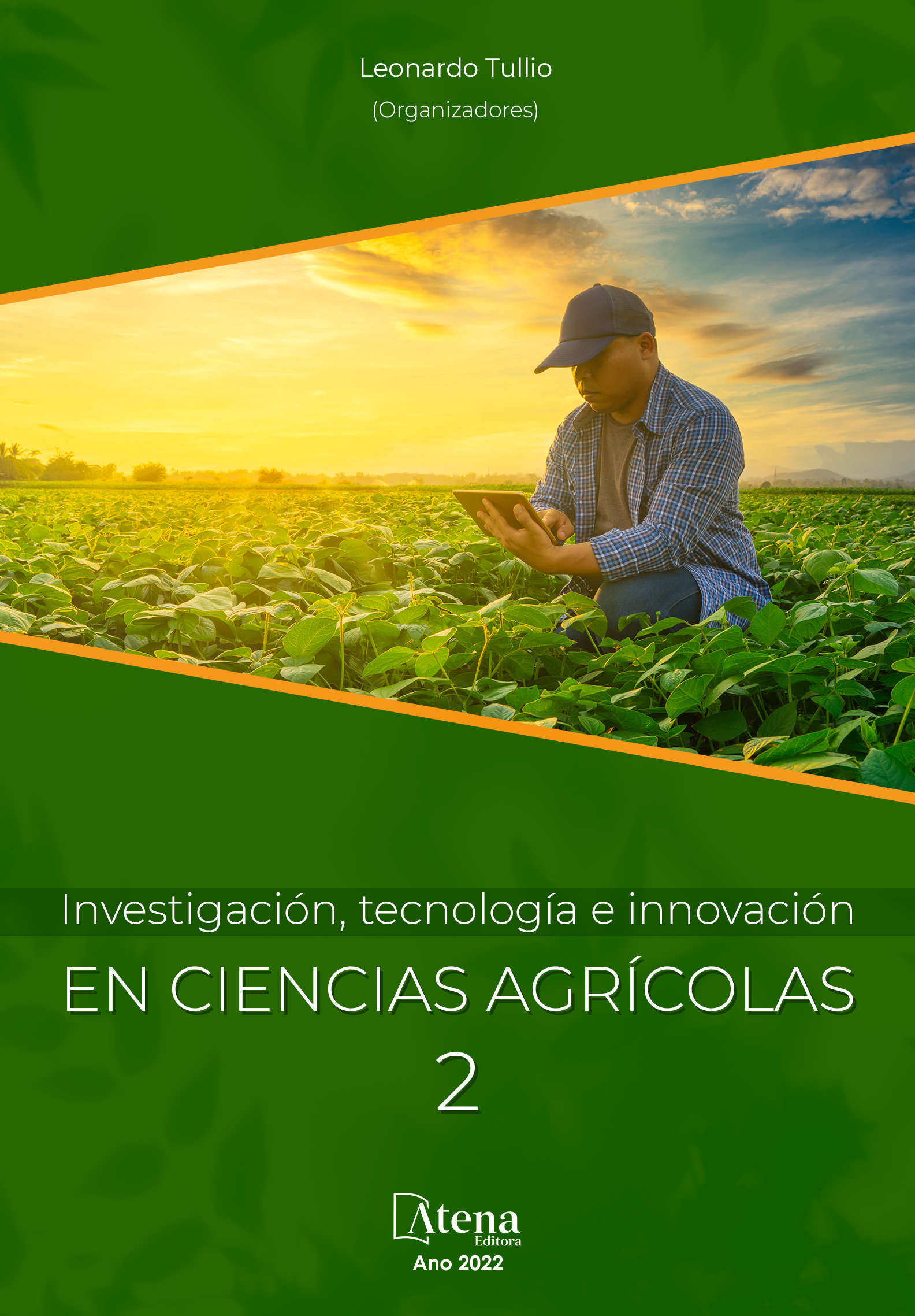
CRESCIMENTO DE MUDAS DE Annona squamosa L. EM DIFERENTES NÍVEIS DE SOMBREAMENTO
Objetivou-se avaliar o crescimento inicial de mudas de Annona squamosa L. em diferentes níveis de sombreamento, proporcionados por telas poliolefinas pretas de 35, 50, 65 e 80% de atenuação da radiação, e na ausência de sombreamento (pleno sol). O experimento foi conduzido entre maio de 2020 a fevereiro de 2021, com período avaliativo dividido em estação de seca (21/05/2020 a 18/09/2020) e estação de chuva (19/09/2020 a 05/02/2021). O delineamento experimental utilizado foi o inteiramente casualizado, com avaliação quinzenal do teor de clorofila e colorimetria, em seis repetições e, variáveis não-destrutivas de crescimento, em 19 repetições, totalizando oito períodos de crescimento (DAT) durante a estação de seca, e nove períodos de crescimento (DAT) durante a estação de chuva, e ao final do experimento uma análise destrutiva de crescimento (260 DAT), em 10 repetições. Verificou-se que: mudas a pleno sol apresentaram fotoxidação da clorofila; a estação de seca foi importante para o crescimento, e a estação de chuva para manutenção deste, promovendo maior média de número de folhas, área foliar total estimada e diâmetro do colo nos ambientes sombreados de 35, 50, 65 e 80%; as mudas que cresceram a pleno sol apresentaram maior alocação de matéria seca nas raízes (44,51 g); mudas que cresceram a 80% de sombreamento apresentaram maior alocação de matéria seca no caule (25,67 g), o mesmo apresentou também, juntamente com 65% de sombreamento, maior significância no nível de estiolamento das mudas 122,62 e 127,20 cm e maior área foliar específica, 0,022 e 0,025 m-2.g-1. Desta forma conclui-se que, mudas de Annona squamosa L. possuem diferentes estratégias de crescimento e desenvolvimento, demonstrando capacidade de aclimatação a ambientes luminosos contrastantes, o que indica alta capacidade de plasticidade fenotípica da espécie.
CRESCIMENTO DE MUDAS DE Annona squamosa L. EM DIFERENTES NÍVEIS DE SOMBREAMENTO
-
DOI: 10.22533/at.ed.7562227054
-
Palavras-chave: análise de crescimento, luminosidade, pinha, produção de mudas, soma térmica
-
Keywords: growth analysis, luminosity, pinecone, seedling production, thermal sum
-
Abstract:
The objective was to evaluate the initial growth of Annona squamosa L. seedlings in different levels of shading, provided by black polyolefin screens of 35, 50, 65 and 80% of radiation attenuation, and in the absence of shading (full sun). The experiment was conducted from May 2020 to February 2021, with an evaluation period divided into dry season (21/05/2020 to 18/09/2020) and rainy season (19/09/2020 to 05/02/2021). The experimental design used was completely randomized, with biweekly evaluation of chlorophyll content and colorimetry, in six replications and, non-destructive growth variables, in 19 replications, totaling eight growth periods (DAT) during the dry season, and nine growth periods (DAT) during the rainy season, and at the end of the experiment a destructive growth analysis (260 DAT), in 10 replications. It was verified that: seedlings in full sun showed chlorophyll photooxidation; the dry season was important for growth, and the rainy season for its maintenance, promoting a higher average number of leaves, estimated total leaf area and stem diameter in shaded environments of 35, 50, 65 and 80%; the seedlings that grew in full sun showed greater allocation of dry matter in the roots (44,51 g); seedlings that grew to 80% of shading showed greater allocation of dry matter in the stem (25,67 g), it also presented, together with 65% of shading, greater significance in the level of etiolation of the seedlings 122,62 and 127,20 cm and higher specific leaf area, 0,022 and 0,025 m-2.g-1. Thus, it can be concluded that Annona squamosa L. seedlings have different growth and development strategies, demonstrating the ability to acclimate to contrasting light environments, which indicates a high capacity for phenotypic plasticity of the species.
-
Número de páginas: 34
- Matheus Marangon Debastiani
- Mariana Pizzatto
- Samuel Silva Carneiro
- Cássia Kathleen Schwengber
- Angria Ferreira Donato
- Andréa Carvalho da Silva
- Adilson Pacheco de Souza
- Angelica Alves Gomes


